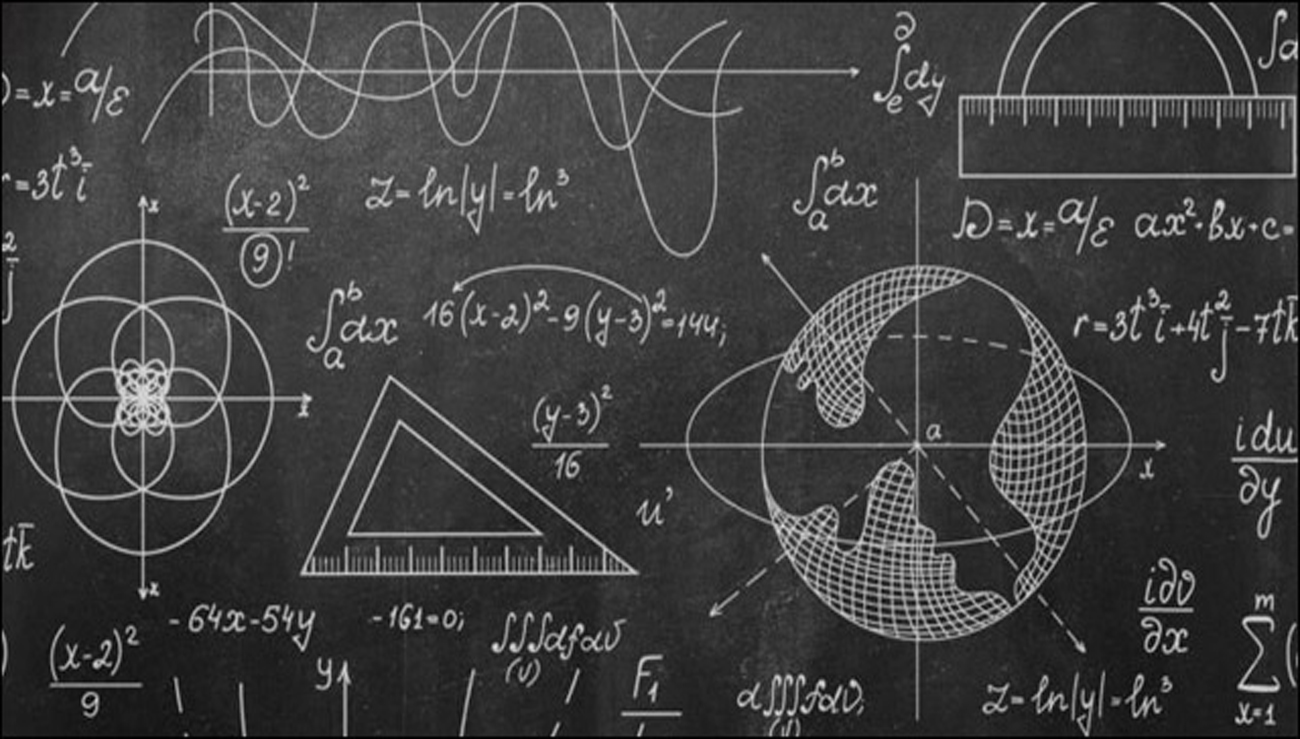
Substandard Performance In Mathematical Problem Solving In Physics Among Higher Secondary School Students In Kerala – An Investigation On Teacher Perceptions And Student Difficulties
Abstract:
Physics and Mathematics are two deeply interlinked domains of Science. Mathematics is considered as the language in which the Physics theories are built by employing mathematical symbols and operations to make equations and representations in the world of Physics completely meaningful. In spite of being the backbone of Physics, the use of Mathematics principles and operations in Physics is the root cause of most of the issues and hassles aroused among students who learn Physics. This is an investigation on the substandard performance in mathematical problem solving in Physics among higher secondary school students by looking into the responses of teachers and students. The responses obtained from 21 higher secondary Physics teachers through questionnaire were studied using percentage analysis and the four major categories of ‘Difficulties in Mathematical Problem Solving in Physics’ faced by students viz., ‘Creating or Identifying the Formula’, ‘Extracting Information from Diagrams’, ‘Using Physics Concepts to Create Schematic Diagrams’ and ‘Application of Mathematics’ to solve Physics problems. were identified, The investigators used ‘Test on Mathematical Problem Solving in Physics’ with 40 multiple choice questions on select basic topics from ‘Motion’, which was informed by the Physics teachers to be one of the strenuous concepts for students while solving problems. The extent of each category of difficulty in the respective topics based on the students’ responses in the test was studied to rank them. This study also highlights some suggestions for improving the teaching and learning of mathematical problems in Physics at higher secondary level.
Author(s):
N.S. Mumthas and Shyma Usman Abdulla, Associate Professor, Farook Training College P.O. Calicut, Kerala-673632, India
DOI:
Keywords:
References:
Al-Omari, W., & Miqdadi, R. (2014). The epistemological perceptions of the relationship between Physics and Mathematics and its effect on problem-solving among pre-service teachers at Yarmouk University in Jordan. International Education Studies, 7(5), 39-48. http://dx.doi.org/10.5539/ies.v7n5p39 DOI: https://doi.org/10.5539/ies.v7n5p39
Ataide, A., & Greca, I. (2013). Epistemic views of the relationship between physics and mathematics: Its influence on the approach of undergraduate students to problem solving. Science & Education, 22(6), 1405-1421. Retrieved from http://dx.doi.org/10.1007/s11191-012-9492-2 DOI: https://doi.org/10.1007/s11191-012-9492-2
Awodun, A.O., Oni, S. A., & Aladejana, A. L. (2014). Students‘ variables as predictor of secondary school students‘ performance in physics. International Journal of Scientific and Research Publications, 4(8), 1-5. Retrieved from http://www.ijsrp.org/researchpaper-0814/ijsrp-p3293.pdf
Barmby, P., & Defty, N. (2006). Secondary school pupils‘ perceptions of physics. International Journal of Science Education, 24(2), 199-215. Retrieved from https://doi.org/10.1080/02635140600811585
Bing, T. J. (2008). An epistemic framing analysis of upper level physics students’ use of mathematics (Unpublished doctoral dissertation). The University of Maryland, Washington D. C. Retrieved from www.Physics.umd.edu/perg/dissertations/Bing/BingDissertation.pdf
Bing, T. J., & Redish, E. F. (2009). Analyzing problem solving using math in physics: Epistemological framing via warrants. Physics Education Research, 5(2), 02010801-02010815. Retrieved from www2.Physics.umd.edu/~redish/Papers/BingRedish-EpistFraming.pdf DOI: https://doi.org/10.1103/PhysRevSTPER.5.020108
Cohen, H. D., Hillman, D. F., & Agne, R. M. (1978). Cognitive level and college physics achievement. American Journal of Physics, 46, 1026-1029. Retrieved from https://doi.org/10.1119/1.11422 DOI: https://doi.org/10.1119/1.11422
Delialioglu, O., & Askar, P. (1999). Contribution of students‘ mathematical skills and spatial ability to achievement in secondary school physics. Hacettepe University Egitim Fakultesi Dergisi, 16(17), 34-39. Retrieved from http://www.efdergi.hacettepe.edu.tr/yonetim/icerik/makaleler/1199-published.pdf
Hungarian Academy of Sciences. (2013). Declaration of World Science Forum 2013, Rio de Janeiro. Retrieved from https://worldscienceforum.org/contents/declarationof-world-science-forum-2013-110033
Jiar, Y. K., & Long, C. Y. (2014). Mathematical thinking and physics achievement of secondary school students. Sains Humanika, 2(4), 446-452. Retrieved from www.fp.utm.my/ePusatSumber/listseminar/medc2012/pdf/57.pdf
Karam, R., Pospiech, G., & Pietrocola, M. (2011). Mathematics in physics lessons: Developing structural skills. Paper Presented at GIREP-EPEC & PHEC 2009 International Conference August 17-21, University of Leicester, UK. Retrieved from http://www.univreims.fr/site/evenement/girep-icpe-mptl-2010-reimsinternational-conference/gallery_files/site/1/90/4401/22908/29476/30505.pdf
Lacambra, W. T. (2016). Students’ academic performance in Physics 1: Basis for teaching and learning enhancement. Research on Humanities and Social Sciences, 6(4), 78-84. Retrieved from www.iiste.org/Journals/index.php/RHSS/article/download/28956/29719
Mekonnen, S. (2014). Problems challenging the academic performance of physics students in higher governmental institutions in the case of Arbaminch, Wolayita Sodo, DOI: https://doi.org/10.4236/ns.2014.65037
Hawassa and Dilla universities. Scientific Research, 6(5), 362-375. Retrieved from http://file.scirp.org/pdf/NS_2014031710440008.pdf
Ministry of Education, Government of India. (1953). Report of the Secondary Education Commission 1952-53. Delhi-6: The Manager of Publications, Government of India Press.
Ministry of Education, Government of India. (1966). Report of the Education Commission 1964-66. New Delhi: The Manager of Publications, Government of India Press.
Ministry of Science and Technology, Government of India. (1958). Scientific Policy Resolution 1958. Retrieved from http://www.nrdms.gov.in/sci_policy.asp
Mwangala, K. P., & Shumba, O. (2016). Physicomathematical conceptual difficulties among first year students learning introductory university physics.
American Journal of Educational Research, 4(17), 1238-1244. Retrieved from http://pubs.sciepub.com/education/4/17/8/index.html
Oon, P. T., & Subramaniam, R. (2010). On the declining interest in physics among students From the perspective of teachers. International Journal of Science Education, 33(5), 727-746. Retrieved from https://doi.org/10.1080/09500693.2010.500338 DOI: https://doi.org/10.1080/09500693.2010.500338
Pietrocola, M. (2008). Mathematics as structural language of physical thought. In M. Vicentini, & E. Sassi (Eds.), Connecting research in physics education with teacher education. Retrieved from https://web.phys.ksu.edu/icpe/Publications/teach2/Pietrocola.pdf
Planning Commission, Government of India. (2013). Twelfth five year plan 2012-17. New Delhi: Sage Publications.
Pospiech, G. (2015). Interplay of mathematics and physics in physics education. In A. Beckmann , V. Freiman, & C. Michelsen (Eds.), Mathematics and its connections to the arts and sciences. Ebook proceedings of the International Symposium MACAS –2015 (pp. 36-43). Hildesheim: Verlag Franzbecker. Retrieved from http://www.franzbecker.de/langfassung/760.pdf
Redish, E. F. (2005). Problem solving and the use of math in physics courses. Paper presented at the conference, World View on Physics Education in 2005: Focusing on Change, Delhi, India. Retrieved from http://arxiv.org/ftp/Physics/papers/0608/ 0608268.pdf
Stephen, S. G. (2016). Students’ academic performance in physics, chemistry and biology: A case study of some selected secondary schools in Fagge local government of Kano state (Unpublished graduation project). The Department of Science and Technology Education, Bayero University, Kano. Retrieved from https://www.researchgate.net/publication/318888505_pdf
Tuminaro, J. (2004). A cognitive framework for analyzing and describing introductory students’ use and understanding of mathematics in physics (Unpublished doctoral dissertation). The Graduate School of the University of Maryland, College Park. Retrieved from http://www.Physics.umd.edu/perg/dissertations/Tuminaro/Tuminaro PhD.pdf
Tuminaro, J., & Redish, E. F. (2007). Elements of a cognitive model of physics problem solving: Epistemic games. Physics Education Research, 3(2). Retrieved from https://journals.aps.org/prper/pdf/10.1103/PhysRevSTPER.3.020101 DOI: https://doi.org/10.1103/PhysRevSTPER.3.020101
UNESCO. (2012). Science and Technologies for Knowledge Societies: What Role for UNESCO in 2014-2021? France: UNESCO Publishing. Retrieved from http://www.unesco.org/new/fileadmin/MULTIMEDIA/HQ/SC/pdf/Consultation_Science_Technology_for_Knowledge_Societies_En.pdf
Vinitsky-Pinsky, L. & Galili, I. (2014). The need to clarify the relationship between physics and mathematics in science curriculum: Cultural knowledge as possible framework. Procedia -Social and Behavioral Sciences, 116, 611-616. Retrieved from https://doi.org/10.1016/j.sbspro.2014.01.266 DOI: https://doi.org/10.1016/j.sbspro.2014.01.266




